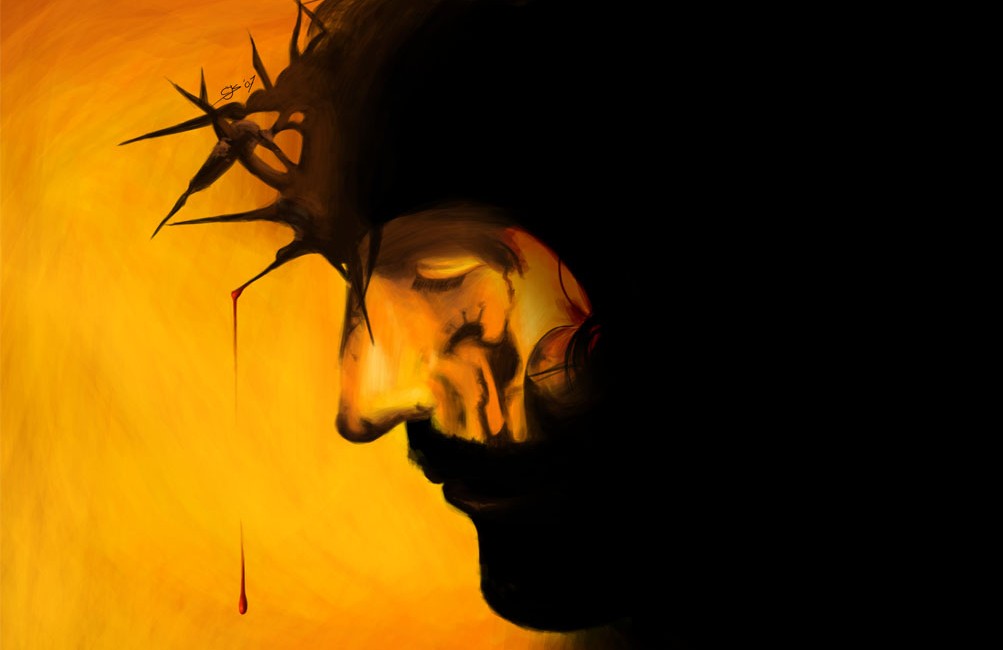
Hanukkah is another name for the Feast of Dedication (John 10:22) which celebrated the liberation and cleansing of the temple during the Maccabean Revolt. The vast temple complex that would later be built under Herod formed a large part of the eastern wall of the city in the time of Jesus. Imagine being stationed at the gate that opened directly from the temple onto the road that descended the slopes of the Kidron Valley and then climbed up the Mount of Olives which rose directly opposite the temple. After the confrontation with the leadership and the attempt to stone Him again, Jesus would have passed right by you as He exited the city. You would not see Him again until that day when throngs of people would be spilling out to go meet Him as He slowly drew near the city upon a donkey.
In this post I will try to give a summary of what happened between these two moments. We are now two days into Holy Week as it is remembered on the calendar, and with just a few key details you can have the framework needed to meditate on the path that Jesus trod before the infamous entrance on Palm Sunday. John 10:40-41 describes how Jesus departed to Bethany beyond the Jordan after the events at the Feast of Dedication. This was to the east of the Jordan River, north of where it ran into the Dead Sea. This was the most prominent location where John the Baptist had ministered and where Jesus Himself had gone to be baptized (see John 1:28). It seems very likely that Luke 14:25-35 occurred after Jesus had left the city and was traveling toward this region beyond the border of Judea. If this is the case, the startling severity of the charge Jesus gives to the multitudes is quite fitting in context to what had just happened.
Luke 15:1-17:10 summarizes teaching of Jesus all spoken while “staying” in Bethany beyond the Jordan to the many who were coming out to Him. While there He received word from Mary and Martha that Lazarus was sick. John 11:1-53 gives the account of how Jesus ventured back into Judea to raise Lazarus from the dead and the renewed zeal to kill Jesus that came in the wake of such a dramatic miracle so close to Jerusalem. John 11:54 is a crucial bridge connecting this period with the final journey to Jerusalem. Jesus left Judea once more, but this time to the north. Together with only the twelve, He remained in a town called Ephraim until it was time for the final journey to Jerusalem and all that awaited Him there. It is at this point that Luke resumes his narrative, saying in Luke 17:11 that Jesus was passing along the borders of Samaria and Galilee. Going further north to the border of Galilee, Jesus and the disciples joined their families and the larger group of disciples for the customary pilgrimage to Passover.
At this point the synoptic gospels all converge once again. There are minor variances of what is included and the level of detail offered, but it is easy to follow Jesus’ final journey. The only thing to note relates to Jericho and Bethany. Luke alone offers the account of Zaccheus and the time Jesus spent in Jericho (Luke 19:27). All the synoptic gospels are offering radically truncated versions of the events in view and collapse the journey into a linear progression that leads straight to Jerusalem. Anyone familiar with the geography of the real places being referred to and with the mode of traveling in large bands of people ranging from children to the elderly (see Luke 2:41-44 for example) would have readily understood that many stops were omitted from the description offered in the gospels. Jericho was approximately fifteen miles from Bethany. Jesus would have had to spend the night with Zaccheus in order to have the entire day on Friday to travel so as to arrive before the beginning of the Sabbath at sunset. Thus, this night in Jericho was exactly one week before the Paschal supper and His betrayal in the Garden of Gethsemane. This brings us to John 12:1-9 and the beautiful story of the feast in Bethany which occurred on the eve of Holy Week.
